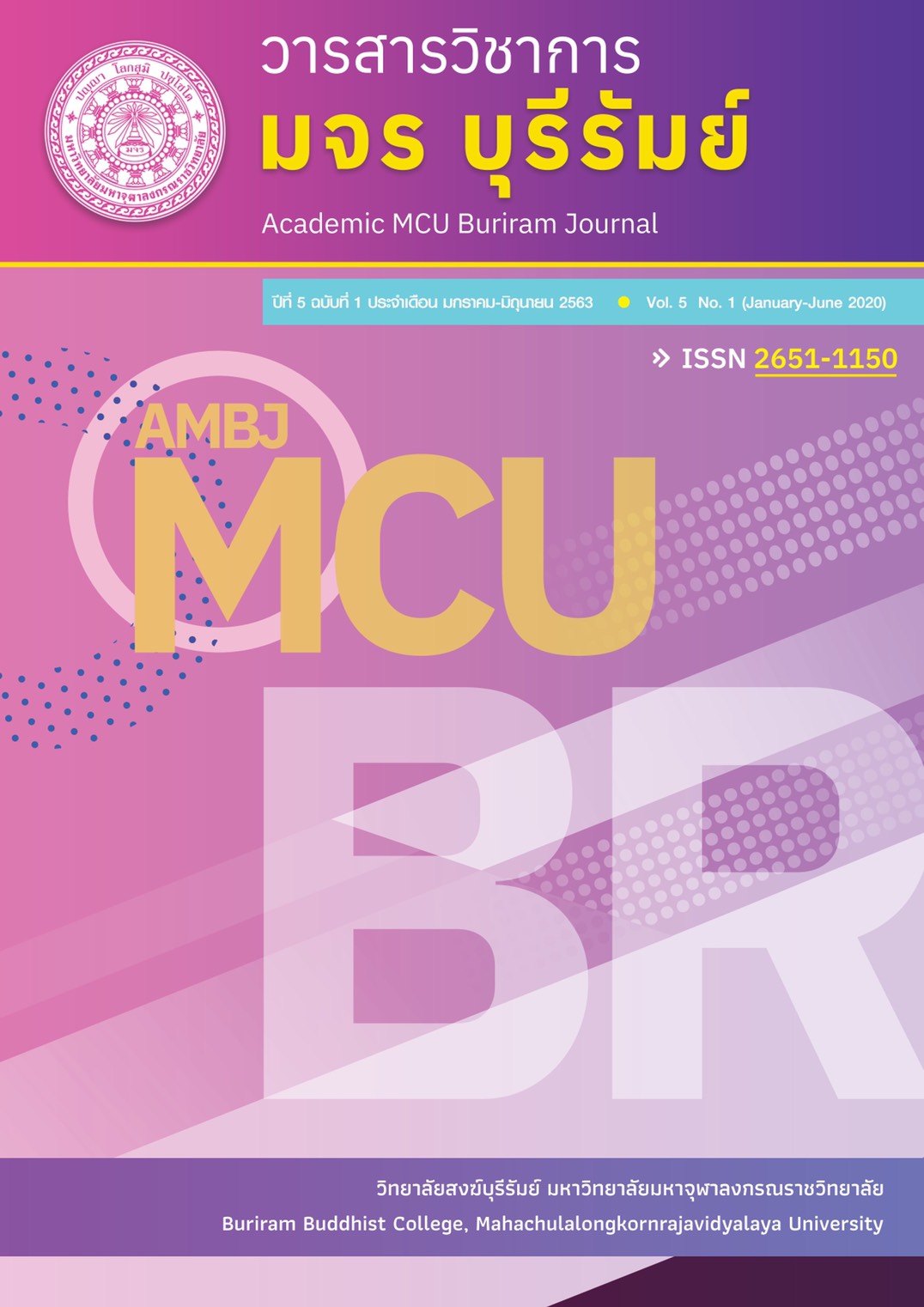The Analysis of Changes in the Ancient Vocabularies from the Royal Institute Dictionary from Year 1950 to Year 2011 (B.E. 2493 to B.E. 2554)
Keywords:
Ancient Vocabularies, Language ChangeAbstract
This research article aims to analyze the ancient vocabularies that appear in the Royal Institute Dictionary in terms of sound, word and meaning; The researcher presents the research results into 3 parts, in which 1 is for sound changes, 2 for vocabulary changes, and 3 for meaning changes.
Part One: there are 6 sound changes. First characteristic is the addition of sound Second characteristic is sound deletion the third, fourth and fifth characteristic is Metathesis, Word Order, Contractions, respectively while the sixth characteristic is sound changes of consonant, vowel, and tone mark.
Part Two: Changes of vocabularies are found in 3 characteristics. First characteristic is lexical loss from the standard language. Second characteristic is changes appeared in other languages i.e. vocabularies appeared in literatures in many periods of time, including Sukhothai period, Ayutthaya period, Thonburi period and Rattanakosin period. Also, lexical appeared in local language, laws, politics, loyal language, and Thai idioms are presented. Third characteristic is changes by using the vocabulary as part of a compound word.
Part Tree: Changes is the meaning change. Change found, namely the wide meaning, the meaning is narrowed in and the meaning of moving.
Downloads
Published
How to Cite
Issue
Section
License
ทัศนะและความคิดเห็นที่ปรากฏในบทความวารสารฉบับนี้ถือเป็นความรับผิดชอบของผู้เขียนบทความนั้น ไม่ถือเป็นทัศนะและความรับผิดชอบของบรรณาธิการ





